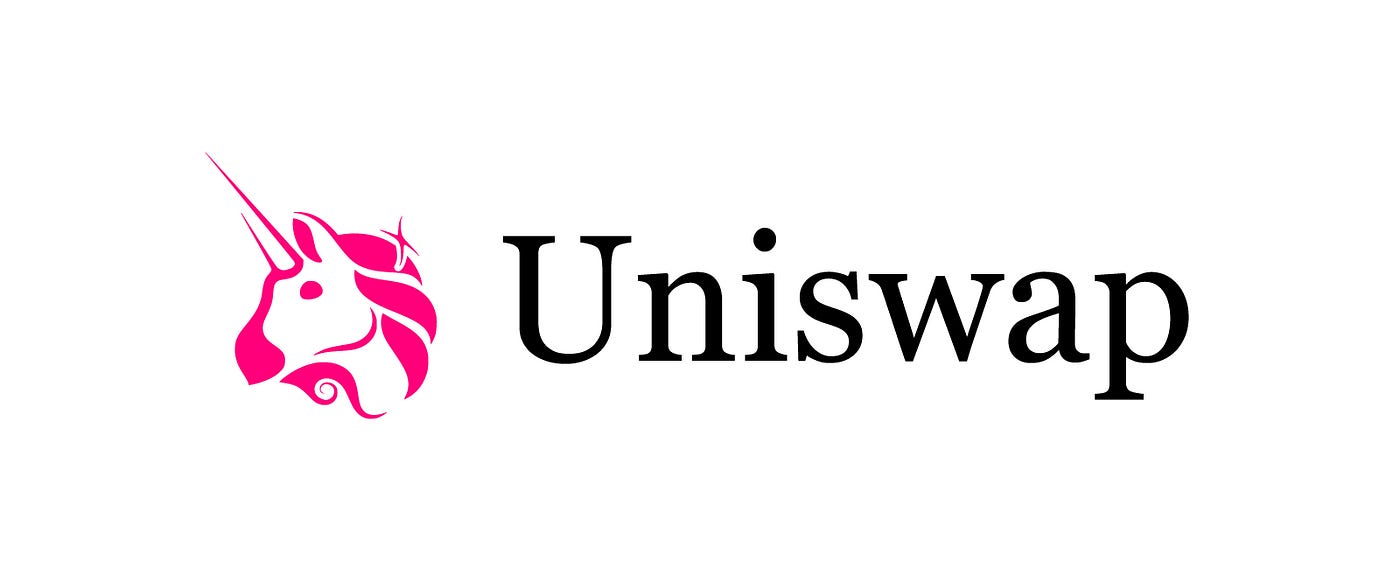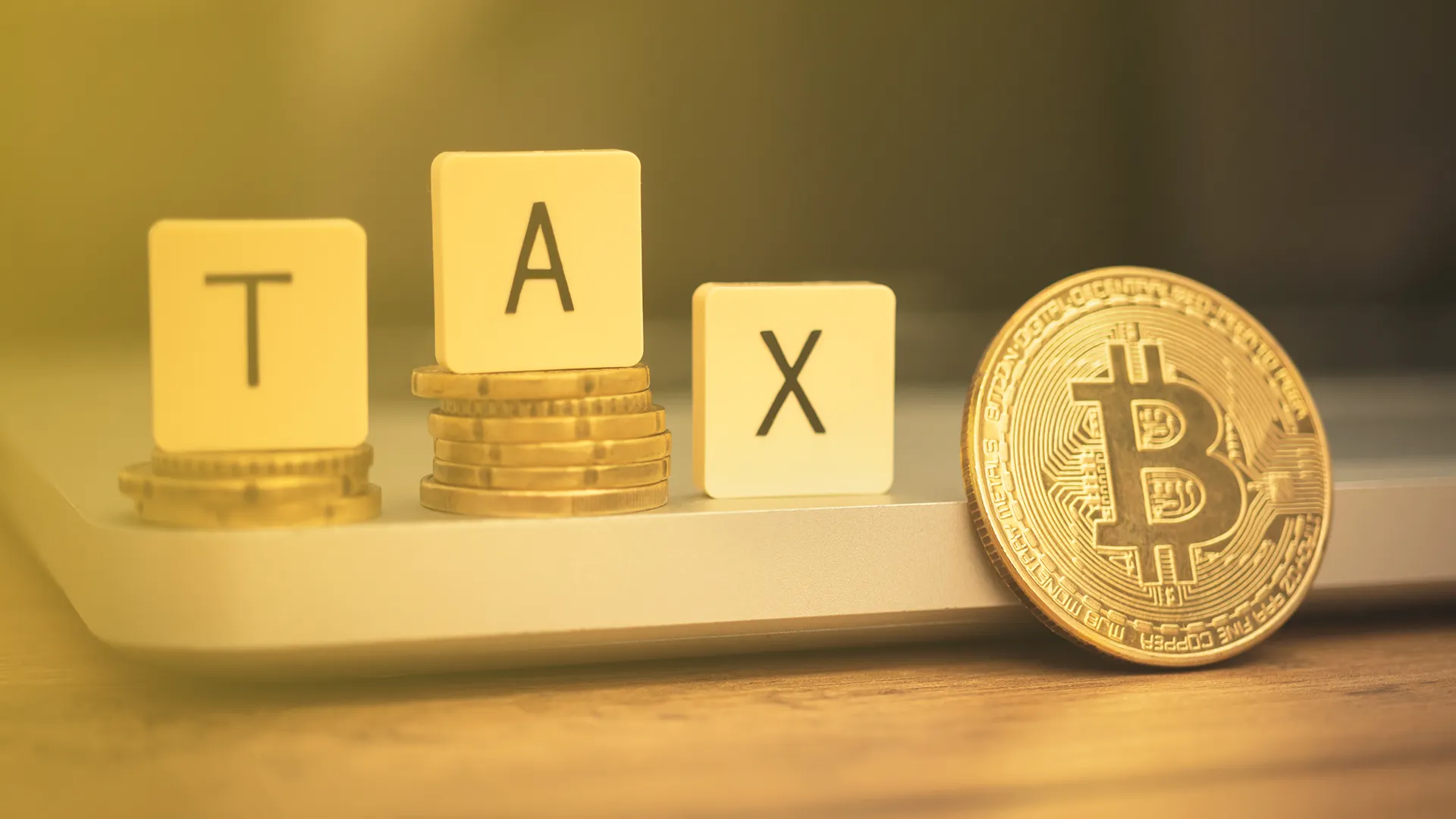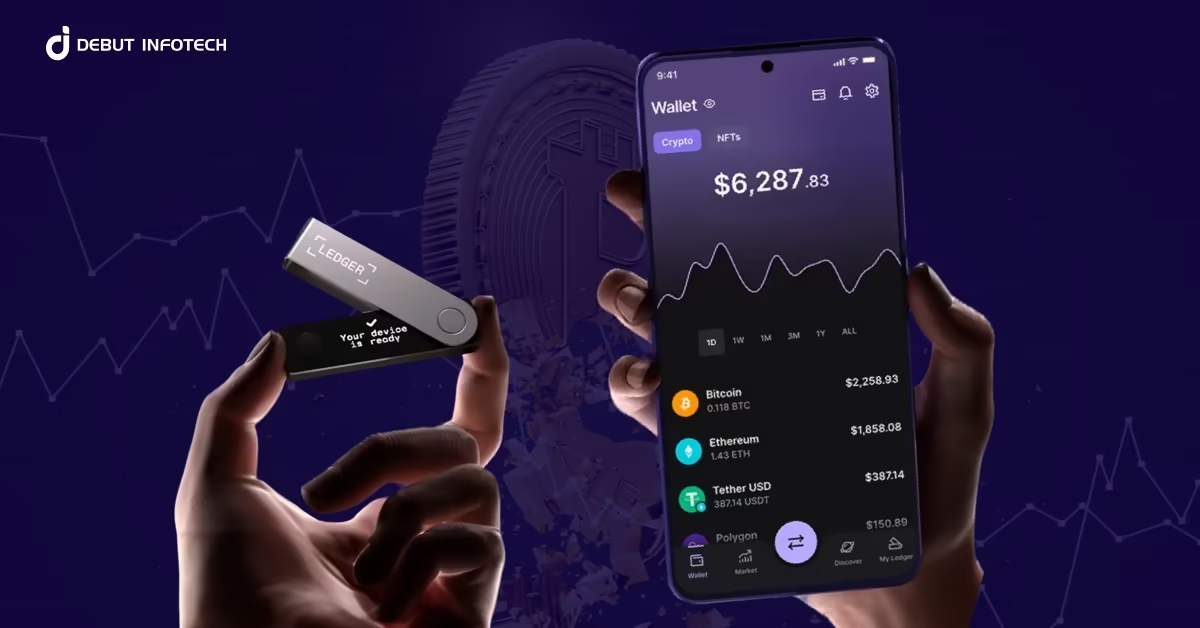Uniswap has simplified NFT trading, allowing users to buy, sell, and manage digital assets in one seamless experience. Here’s a look at how you can leverage Uniswap’s tools to trade NFTs effortlessly.
Uniswap’s Role in NFT Trading
Since its inception in 2018, Uniswap has evolved into a hub for decentralized NFT transactions. The platform utilizes ERC-721 tokens to track NFT ownership and supports trading across Ethereum, BNB Smart Chain, and Polygon. A standout feature is Uniswap’s NFT aggregator, which compiles listings from major marketplaces like OpenSea and Foundation. The Universal Router smart contract allows users to swap multiple NFTs and tokens in a single transaction, saving on gas fees and streamlining trading.
Also read: How to Buy Ethereum (ETH) on eToro in 2025: A Beginner’s Guide
How to Buy and Sell NFTs on Uniswap
To buy NFTs, users connect their wallet to the Uniswap Web app, navigate to the “NFTs” tab, and add desired NFTs to their bag. Purchases can be completed using any ERC-20 token, and buyers can also sweep entire NFT collections at floor prices.
To sell NFTs, users access their portfolio via the web app, select “View and sell NFTs,” and list items across multiple marketplaces. Sales can be managed by setting prices and listing durations, while delisting NFTs requires a manual process per marketplace.
Managing NFT Portfolios with Mini Portfolio
Launched in 2023, Uniswap’s Mini Portfolio allows users to monitor NFT holdings and token balances in one place. From here, users can execute swaps, review price histories, and purchase crypto via bank or card payments. The portfolio also provides a detailed activity log and sales history for each NFT.
Optimizing NFT Liquidity on Uniswap
For liquidity providers, the “Pools” tab shows all active LP positions, with tools to manage pool contributions and track returns. Uniswap’s auto router ensures optimal swap routes by aggregating liquidity across pools to secure the best possible price with minimal fees.




